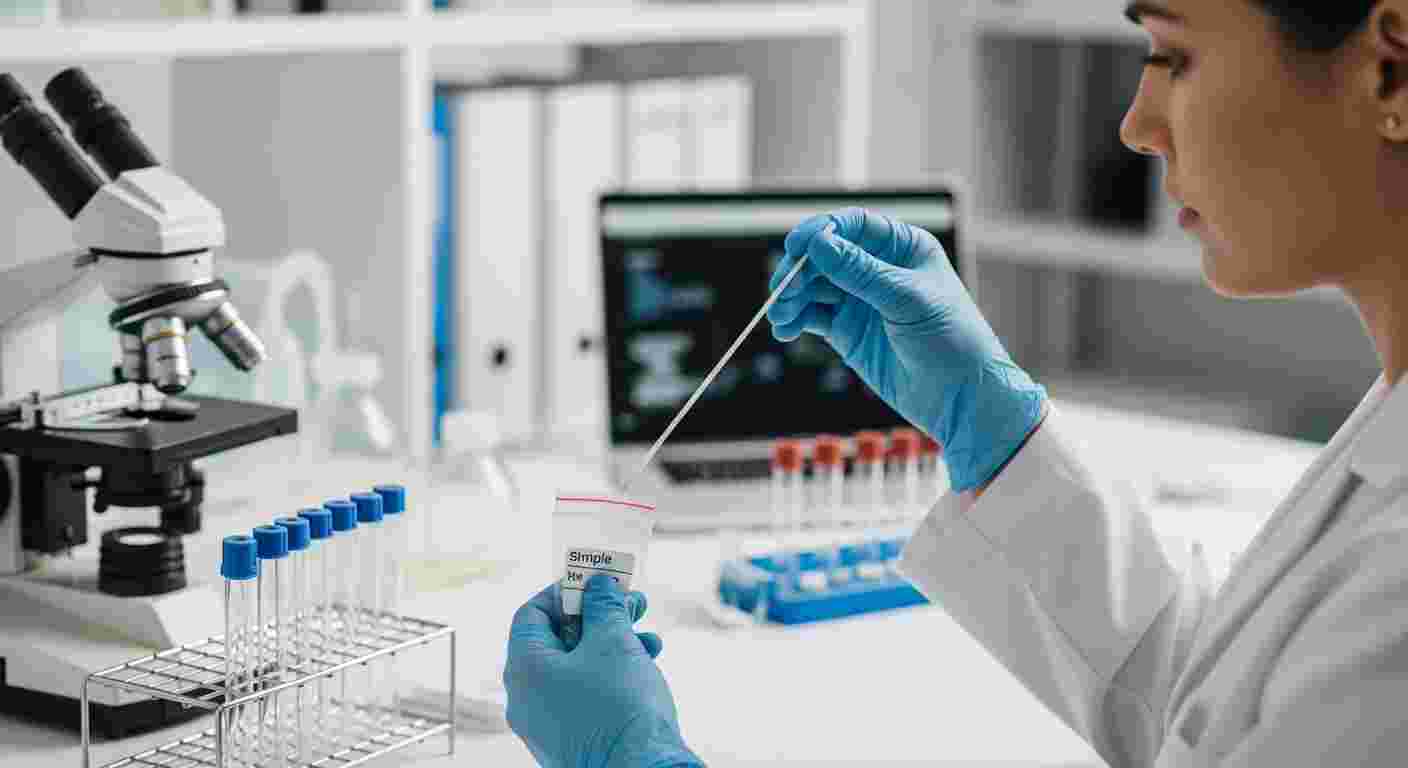Infidelity can shake the foundation of any relationship. When doubts creeps in, some people turn to science for answers, that’s where infidelity DNA testing comes in. It’s a way to check for DNA evidence on everyday items, helping confirm or ease suspicions. But infidelity DNA testing isn’t just about swabbing an object and getting a yes or no answer. It involves careful steps, lab expertise and a lot of responsibility.
Understanding the process can help you decide if it’s right for you. Accuracy matters more than ever in these sensitive situations. Let me break it down step by step, from what it is to why getting it done right is crucial.
What is infidelity DNA testing?
Infidelity DNA testing[1], sometimes called a DNA test for cheating, looks for genetic material left behind on personal items. it’s not like a standard paternity test with cheek swabs from known people. Instead, it examines traces on things like clothing, bedding or even a hairbrush.
Common samples include:
-
Stained fabrics: underwear, sheets, or shirts with potential semen, saliva, or skin cells.
-
Personal items: Toothbrushes, razors or cigarette butts that might hold someone else’s DNA.
-
Other objects Condoms, or tissues or strands of hair with roots attached.
People consider this testing when they notice unusual signs, like unfamiliar scents, marks, or behaviors, and want concrete evidence. Its a private way to address relationship doubts without immediately confronting a partner. According to certified providers such as Face DNA Test, these tests can detect foreign DNA even in tiny amounts.
How Infidelity DNA Testing Works
Curious about how infidelity DNA testing works in practice? it starts with you and ends with a detailed report. The goal is to identify if DNA from an unknown person is present and compare it to a known sample, like your own or your partners’.
Here’s the step-by-step process:
-
Sample Collection. You gather the item yourself at home. Use clean gloves and seal it in a paper bag (plastic can cause moisture issues). No need for a lab visit at this stage.
-
Shipping to the Lab: Send the package to an accredited facility. Many labs provide kits with instructions to keep everything contamination-free.
-
DNA extraction. technicians isolate genetic material from the sample. They look for cells that could contain DNA like semen or epithelial cells.
-
Amplification and profiling: using PCR (polymerase chain reaction,) the lab amplifies the DNA. they create a profile based on specific markers, short tandem repeats (STRs ), that are unique to individuals.
-
Comparison and analysis- if you provide a reference sample ( like your cheek swab), the lab compares profiles. They check for matches or exclusions.
-
Report delivery : results come via secure email or portal, usually in 3–7 days. It states if foreign DNA was found, its type (male/female), and any match probability.
The science relies on the fact that DNA is incredibly stable and specific. Even degraded samples can yield results if handled properly. Relationship DNA testing like this maintains strict confidentiality throughout.
Role of DNA evidence in relationship conflicts
Discovering DNA evidence of infidelity can change everything. It’s not just about proof, it’s about what comes next. For some couples, a negative result rebuilds trust. For others , a positive finding opens the door to honest conversations or counseling.
Results often influence big decisions:
Rebuilding Trust - clear evidence can prompt therapy. Many couples uses the clarity to work through issues.
Separation Choices: if cheating is confirmed, it might lead to divorce discussions, especially if kids or finances are involved.
Emotional Healing. Knowing the truth, either way, helps people move forward instead of staying stuck in doubt.
Legal and ethical considerations
Can you use infidelity DNA testing in court? it depends. Results from home-collected samples usually aren’t admissible because of chain-of-custody issues. Courts need proof the sample wasn’t tampered with.
Key points to remember:
-
Consent Matters: Testing someone’s items without permission can raise privacy concerns. Always check local laws.
-
Legal-Grade Testing: For divorce or custody cases, opt for witnessed collection and accredited labs.
-
Ethical Use: This isn’t about spying, it’s about responsible truth-seeking. Misusing results can harm relationships further.
Many accredited labs such as Face DNA, follow strict legal standards for testing accuracy when court use is needed. think of it as a tool for personal clarity first and legal evidence second.
Ensuring accuracy and confidentiality
Accuracy isn’t optional in DNA testing. A false result could destroy trust unnecessarily. That’s why choosing the right lab is key.
What ensures reliable outcomes?
-
Accreditation: Look for AABB or ISO certification. these labs undergo regular audits.
-
Chain of custody : For legal cases, documented handling prevents contamination claims.
-
advanced tech: Modern labs use next-generation sequencing for even trace amounts.
-
Privacy Protections. Results are encrypted, and samples destroyed after testing.
Many providers, such as Face DNA Test, offer accredited infidelity DNA testing that meets both scientific, and legal standards. they prioritize discretion, no names on packages, secure logins only.
Contamination is the biggest risk. A stray hair, or improper storage can skew everything. follow kit instructions exactly and you will get trustworthy answer.
Conclusion
Learning how infidelity DNA testing works reveals a blend of cutting edge science and human emotion. from extracting DNA on a stained shirt to delivering a clear report, the process offers clarity in chaotic times. Its not a magic fix but it can end endless wondering.
Approach it with care. Use accredited labs, respect privacy, and consider counseling regardless of results. Science can uncover truth but healing comes from how you handle it. if doubt lingers, a properly conducted test might just be the step toward peace, or a new beginning.
References:
[1] https://facednatest.com/services/infidelity-lab-testing/




